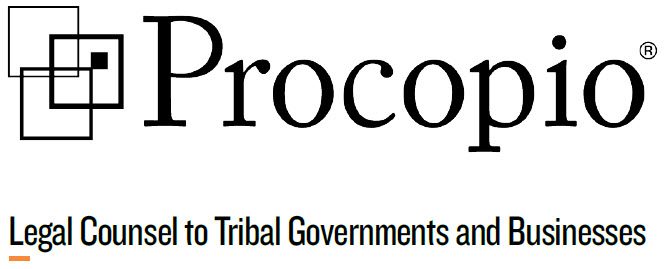By: Theodore J. Griswold | Partner | ted.griswold@procopio.com
The White House Initiative on American Indian and Alaska Native Education (WHIAIANE) has announced it is having listening sessions on Native students’ educational environments throughout Indian Country in November. The listening sessions will give tribal governments, tribal citizens, educators, parents, community members and students the opportunity to speak with White House officials and Department of Education staff. This is an important aspect of consultation with tribal communities and Indian Country. These forums are also necessary to ensure Native students are educated in culturally-appropriate environments preparing them with the vocational and academic skills required for a healthy life upon high school graduation.
These cities and dates are:
Troy, New York – November 5
Seattle, Washington – November 7
Los Angeles, California – November 13
Oklahoma City, Oklahoma –November 18
East Lansing, Michigan – November 19
Tulsa, Oklahoma – November 21
The tour already completed two stops, one in Franklin, Wisconsin on October 10 and the other on October 26 in Lacrosse, Wisconsin.
The listening sessions focus on school environment issues — bullying, student discipline and offensive imagery and symbolism. The White House Initiative on American Indian and Alaska Native Education is gathering feedback during the tour and will consider how it can inform future action to ensure Native American students receive a high quality education.
“We hope these sessions will serve as a meaningful resource to the Native community as my office and the Administration work to ensure that American Indian and Alaska Native students have equitable educational opportunities in healthy learning environments,” said William Mendoza, executive director of the White House Initiative on American Indian and Alaska Native Education. “Indian students have unique education challenges as they strive to preserve their native cultures and languages, while ensuring that they are college and career ready.”
In his June 13, 2014 visit to Standing Rock Indian Reservation in North Dakota, President Obama affirmed the Administration’s commitment to strengthen Native American communities through education and economic development. His initiative, “My Brother’s Keeper,” ensures that schools can provide the social, emotional, and behavioral supports for all youth—including boys and young men of color—that will enable all students to graduate from high school ready for college and careers.
The WHIAIANE and the Department’s Office for Civil Rights (OCR) are committed to supporting school districts, states, tribal governments and other organizations as they seek to better serve Native American students and ensure that all students have equal opportunities and resources in order to learn and succeed in school, careers and in life.
The media advisory is here.
More information about the listening tour and tribal consultations can be found at www.edtribalconsultations.org.
Ted is head of the Native American Law practice group and primary editor for the Blogging Circle. Connect with Ted at ted.griswold@procopio.com and 619.515.3277.
